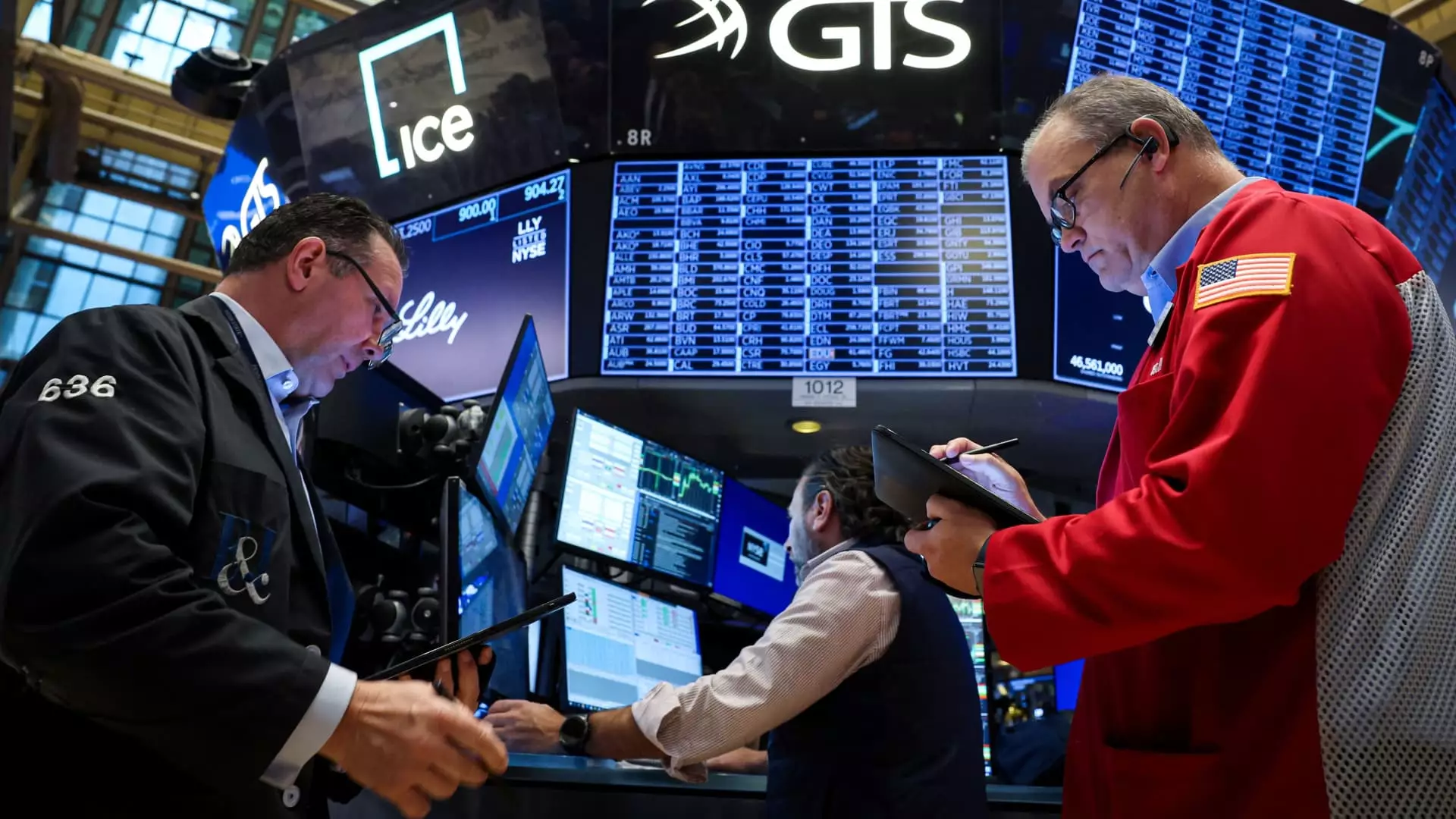As the U.S. presidential election rapidly approaches, investors find themselves grappling with a blend of anxiety and uncertainty. Historical patterns suggest that periods leading up to elections are often marked by market volatility. According to Jordan Jackson, a strategist at J.P. Morgan Asset Management, the apprehension surrounding the upcoming election is palpable among investors. A survey conducted by life insurance company F&G reveals that approximately 72% of American investors express concern about the electoral outcome, reflecting a broader sentiment of unease that may influence market dynamics in the short term.
In recent weeks, this apprehension has manifested in tangible market reactions. For instance, the Dow suffered a considerable drop, registering its largest single-day loss since December. Concurrently, major indices like the S&P 500 and Nasdaq experienced declines, underscoring a trend that many analysts attribute to election-related fears. Such fluctuations often leave investors questioning their strategies and the overall resilience of the markets.
When examining past election cycles, markets have a consistent track record of rebounding after initial turbulence. Jackson highlights this historical resilience, indicating that while short-term fluctuations are to be expected, long-term prospects typically remain bright. The anticipation of a market recovery post-election is supported by underlying factors that suggest a more stable economic environment.
These factors include the Federal Reserve’s monetary policy, which is showing indications of potential interest rate cuts. Following a reduction in rates by half a percentage point in September, further cuts may be anticipated, contingent on favorable inflation data. The Consumer Price Index (CPI) showed a promising inflation rate at 2.4% in September, a noteworthy reduction from a staggering 9.1% the previous June. This shift is viewed as a potential catalyst for market recovery as consumers and investors alike adjust to a more manageable economic environment.
Beyond macroeconomic indicators, company fundamentals reveal a relatively strong position, suggesting that businesses are managing to maintain performance despite the electoral noise. Jackson warns investors, however, to approach sector bets with caution, as decisions driven solely by electoral rhetoric may overlook deeper market realities.
Consumer confidence is another critical factor to consider. While immediate reactions to price pressures may linger, the gradual improvement in wages and historically low unemployment levels is expected to boost consumer sentiment over time. As this confidence grows, it could translate into increased spending and further stabilize economic momentum, ultimately supporting market recovery.
While the combined effects of electoral uncertainty and recent market volatility might induce trepidation among investors, history suggests that a rebound is likely as stability returns. By focusing on resilient corporate fundamentals and the broader economic landscape, investors may navigate these choppy waters with a sense of optimism rather than fear. As the election nears, it is essential to remain focused on long-term trends and the enduring strength of the marketplace.

